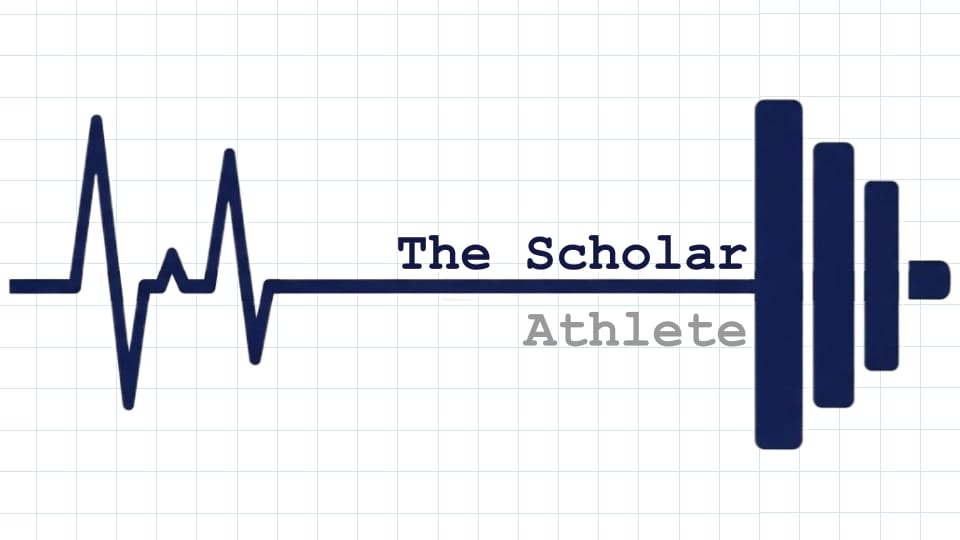- The Scholar Athlete
- Posts
- Monday Motivation - Getting Out The Door
Monday Motivation - Getting Out The Door
To be consistent, training can't be optional

Beyond The Workouts
Training plans aren’t optional
I talk a lot about the importance of listening to your body and making sure you are prioritizing long-term improvements over short-term grinding. But this only becomes critical once you normalize training consistently.
I personally love going to the gym to lift. Drinking a pre-workout and easing into my sessions drops the barrier to entry low enough that I actually look forward to it when I’m going to sleep the night before. This is not the case for running.
The night before a long run, I go to bed dreading my alarm. I’m in a cranky mood from the second I wake up until I hit the turn around point in my “out-and-back”. I typically leave for my runs from my front door, and I don’t take any supplements or gels beforehand. It feels like I have to scale up a building to get over running’s barrier to entry.
But running isn’t optional. It’s a core part of my training plan. So I log those miles. Every time I start a run, I win the battle against my inner sloth. And when I’m 20 miles into a marathon, it’s the victory of these daily battles that gives me the mental edge to keep pushing.
If I feel like cutting a run short is key to preventing injury or ensuring I don’t ruin a lifting session the next morning, I’ll do it. Otherwise, running is an opportunity for me to push the mental limitations I put on myself. A random 6 mile run, after a grueling deadlift session, in the middle of a high mileage week, in 100 degree heat, can feel as rewarding as completing an Ironman. When I embrace these wins, my training gains even more purpose.
Training Context
My Running Efficiency is slowly improving
Since I started “hybrid training” aggressively, I found running efficiency to be an invaluable metric to track. I calculate this as:
average_run_power / average_run_heart_rateMy watch calculates the average power for my run, which combines my running speed, the elevation I climbed, and my bodyweight. It also gives me my average heart rate for a run.
Running efficiency essentially measures how fast you can run at low effort. I like that it normalizes for how hilly my route is and my bodyweight. This means I can compare two runs effectively across very different times in my training cycles.
Nothing beats your race or workout times, but I’m only doing easy runs right now, and I like to be able to track my improvement before I do some harder efforts.

Since I’ve started running regularly again this summer, my running efficiency has been creeping up towards the 2.0 mark. The fact that it continues to improve each week encourages me that I’m increasing fitness doing only easy runs. If this starts to stall for a period of time, that’s a good indicator to me that I need to start adding in some running workouts (if my lifting routine will allow it).
Training Details
What Happened Last Week
48 Miles Ran
13,711 lbs lifted with upper body
25,605 lbs lifted with lower body
300 lbs e1RM Squat
355 lbs e1RM Deadlift
- lbs e1RM Bench
174 lbs Body Weight
2 weeks ago I dropped my running mileage. That paid off this week with two very productive leg lifting sessions. I also reached 48 miles on the week for the first time all year, and I did an upper body deload week.
My running miles went: 6,6,10,6,6,14,0
Bench Sessions Monday and Thursday: 3×10×135lbs
Squat Session Tuesday:
3×255, 3×255, 3×255, 5×255, 4×255
Traditional Deadlift Session Friday:
5×5×295lbs
Goals For This Week
Run 52 miles
Bench: 5×3-5×255lbs, Monday and Tuesday
Squat - 5×3-5×295lbs
Deadlift - 5×3×315 lbs
Training Tips
How to time protein intake with lifting
A lot of lifters stress that you need to get protein intake within 15 minutes of lifting to maximize your gains. However, studies have demonstrated that total daily protein intake matters more than timing of protein intake. Strive to consume 1g of protein for every pound of your ideal bodyweight and don’t worry about when you consume it.
Go Do More
Lessons from preworkouts
Is there something you regularly need to do that you have a difficult time starting? Try habit-stacking the activity on top of something you have an easy time beginning. For example, it takes little effort for me to start drinking preworkout. Once I do, I know I need to lift or I just wasted a lot of money, which pushes me to go lift.
Real Training means showing up every day.
Reply